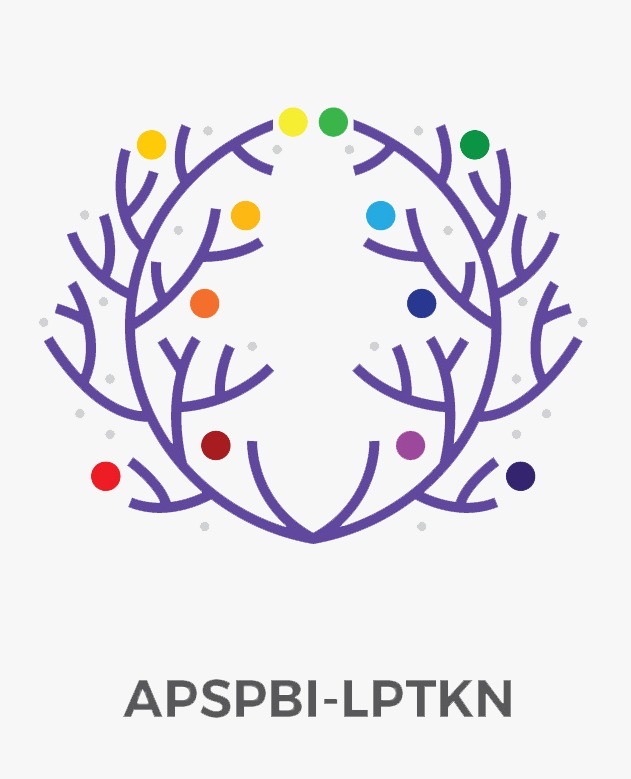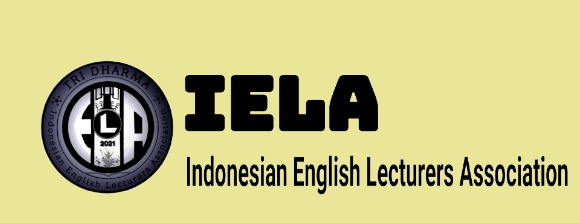AN EVALUATION OF WH-QUESTION IN ENGLISH IN MIND TEXTBOOK AN BRIGHT AN ENGLISH TEXTBOOK SEEN IN TERMS OF BLOOM’S NEW TAXONOMY
 ),
),
(1) Universitas Negeri Manado
 Corresponding Author
Corresponding Author
Abstract
The study aimed at identifying and analyzing the types and levels of WH-question in two English Textbooks namely, English in Mind Textbook (EIM) and Bright An English Textbook (BAE) for eighth grade junior high school. The objective of the analysis was to evaluate the WH –questions in the light of the Bloom’s New Taxonomy (1956) Taxonomy learning objectives ( Remembering, Understanding, Applying, Analyzing, Evaluating, Creating).Content analysis was used to conducted all the WH-questions in the two textbooks. All the WH-questions were collected, listed, and analyzed according to Bloom’s New Taxonomy. The result from a total of 140 questions (70 questions in EIM and 70 questions in BAE) showed that most of the questions were align with remembering , understanding, and applying as the three lower – level categories, while analyzing, evaluating, and creating as the three higher-level categories constitude the lowest frequency in the two textbooks.Another result also for the proportion of higher-order questions in both Textbook showed that EIM received higher distribution while BAE constitute the highest distribution on lower-order questions. The result indicate that the textbooks failed to engage learners in the questions requiring higher levels of cognitive learning objectives.In the light of the results, the researcher suggested to modified the questions in the textbooks to cover the six levels of Bloom’s new Taxonomy and to train teachers and author of textbook to use and write question following the Bloom’s new Taxonomy.
Keywords : Bloom’s New Taxonomy, WH-questions, content analysis, English Textbook
References
Arikunto, Suharsimi. 2013. Prosedur Penelitian Suatu Pendekatan Praktik.
Jakarta: Rineka Cipta.
Ayaturochim. (2014). The Analysis of Reading Tasks in “English in Focus” Textbook Based on Cognitive Domain of Revised Bloom’s Taxonomy. A Skripsi. English Language Education Study Program, Department of language and Arts, Faculty of Teacher and Training and Education, Universitas Bengkulu.
Canan Aslan. 2011. High Level Thinking Education in Mother Tounge Textbooks in Turkey and France. The Journal of International Social Research.Vol 4.
Holsti, O.R (1969). Content Analysis for The Social Sciences and Humanities. USA : Addison Wesley Publishing Company
Katemba, Caroline V & Marie, Aprilia Rose. 2016. Analysis of Teacher’s questioning andStudents’ Critical Thinking in English Classroom.Retrievedfromfile:///D:/Drive%20D/FARNI%20NGABITO%20SKRIPSI/Documents/Downloads/277-697-1-SM%20(2).pdf
Krathwohl, D. (2002). A Revision of Bloom’s Taxonomy : An overview. Theory into Practice.
Kunjang, Suropati Sei. 2015. An Analysis of Thinking Order of Reading Coprehension Quesions in English Textbook for Young Foresters of Forestry Vocational School of Samarinda. Jurnal Nalar Pendidikan ISSN: 2339-0794 Volume 3 Nomor 1 Hal. 314
Liando, Nitha. 2010. Students’ VS Teachers Perspectives on Best Teacher Characteristics in EFL Classrooms. Lembaga Penelitian Unima : Universitas Negeri Manado.2010. Students’ VS Teachers Perspectives on Best Teacher Characteristics in EFL Classrooms. Lembaga Penelitian Unima :Universitas Negeri Manado
Pratiwi, Nana. 2014. Analysis of English Workbook for SMP/MTs by Using Revised Bloom Taxonomy. A skripsi. Pendidikan Bahasa Inggris, Fakultas Tarbiya danKeguruan, Unversitas Islam Negeri Syarif Hidayatullah,Jakartahttp://repository.uinjkt.ac.id/dspace/bitstream/123456789/30 059/1/NANA%20PRATIWI-FITK.pdf
Maru Mister Gidion.2009. Engaging Literary Text to Language Exposure for Foreign English Learners. 1st International Conference on TOEFL/ICOTEFL. Muhamadiyah University. Purwokerto.
Marzano, R., & Kendall, J. (2007). The New Taxonomy of Educational Objectives (2ndEd). Thousand Oaks, CA: Corwiin Press.
Article Metrics
Abstract View : 1055 times
: 1055 times Download : 116 times
Download : 116 times
DOI: 10.36412/jellt.v5i2.2454
Refbacks
- There are currently no refbacks.
Copyright (c) 2021 Journal of English Language and Literature Teaching









